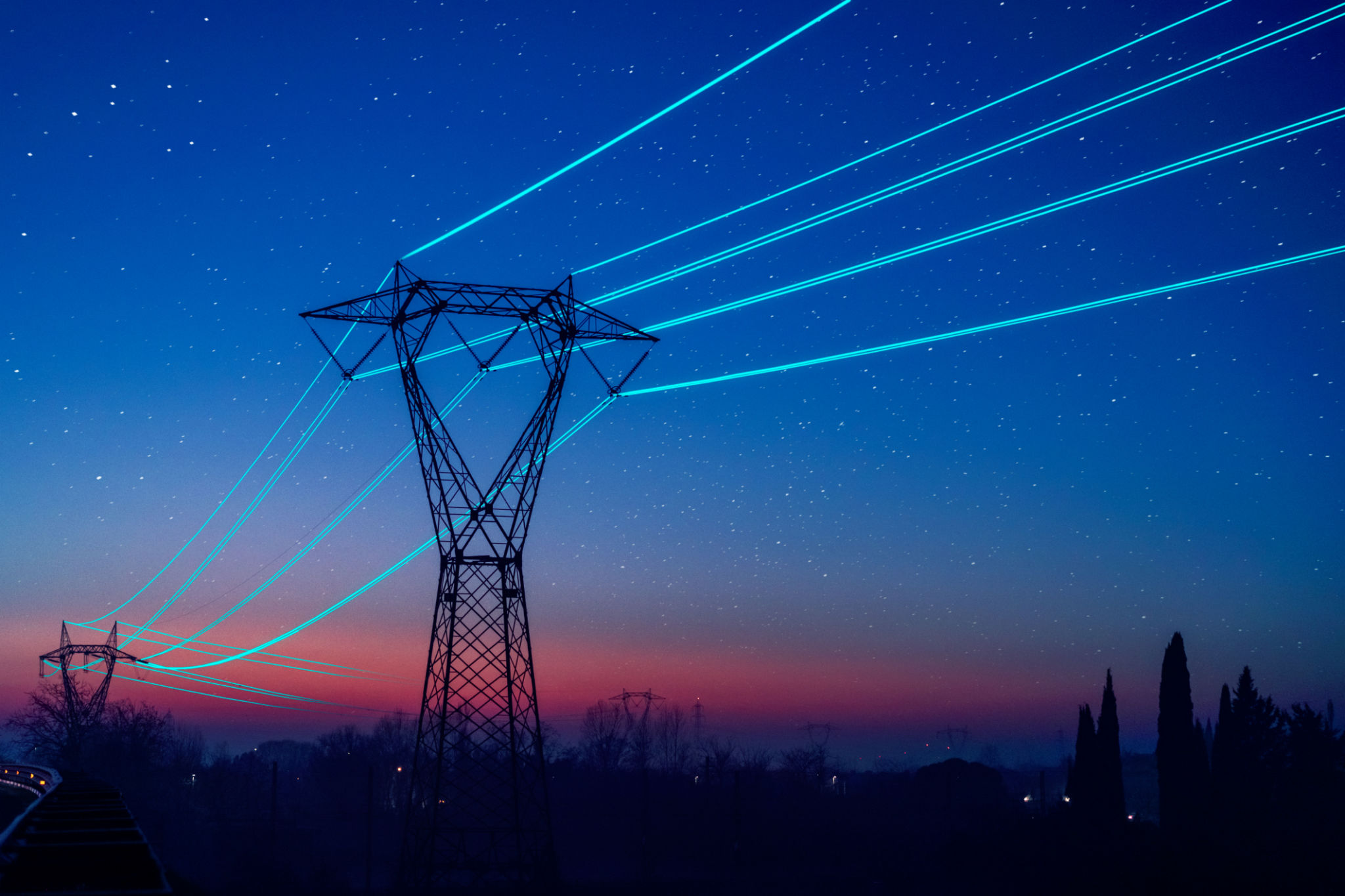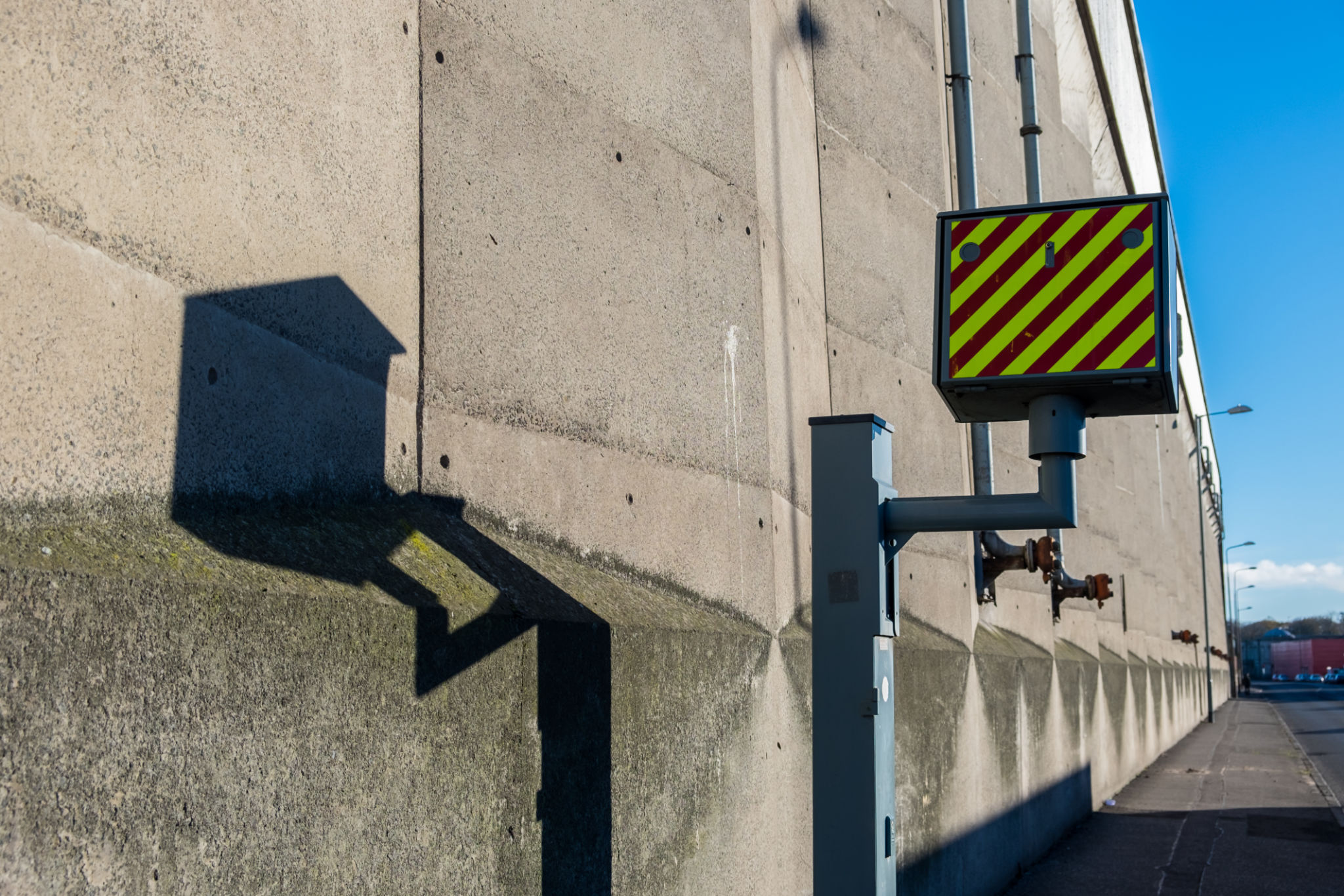Trends in Electric Utility Safety: Advancements in Bird Deterrent Systems
Introduction to Electric Utility Safety
In recent years, electric utility companies have been increasingly focused on improving safety measures to protect both their infrastructure and the surrounding environment. One of the significant challenges they face is mitigating the risks posed by birds, which can cause disruptions and damage to electrical equipment. In response, advancements in bird deterrent systems have become a key focus area, providing innovative solutions to enhance safety and reliability.

The Impact of Birds on Electric Utilities
Birds can inadvertently cause outages and damage by nesting on or flying into power lines and equipment. These interactions not only threaten bird populations but can also lead to costly repairs and service disruptions. As a result, electric utilities are investing in effective deterrent systems to minimize these risks and ensure continuous service delivery.
Common Issues Caused by Birds
Some of the common issues include:
- Nesting on poles and transmission towers.
- Collisions with power lines.
- Droppings that can corrode equipment.
Addressing these challenges is critical for maintaining both operational efficiency and environmental responsibility.

Advancements in Bird Deterrent Technologies
Recent advancements in bird deterrent technologies have led to the development of more sophisticated and humane solutions. These systems aim to prevent birds from coming into contact with electrical infrastructure while ensuring their safety. Let's explore some of the latest innovations in this field.
Laser-Based Deterrents
One of the most promising technologies is the use of laser-based deterrents. These systems utilize harmless laser beams that create an uncomfortable environment for birds, discouraging them from approaching sensitive areas. The lasers are designed to be non-intrusive and can be adjusted to cover extensive areas, making them an effective solution for large utility sites.

Ultrasonic Devices
Another innovative solution is the deployment of ultrasonic devices that emit high-frequency sounds inaudible to humans but unpleasant for birds. These devices can be strategically placed around electrical installations to deter birds without causing them harm. They offer a non-invasive way to protect critical infrastructure while maintaining ecological balance.
The Role of Artificial Intelligence
The integration of artificial intelligence (AI) in bird deterrent systems has revolutionized how utilities manage safety. AI-powered systems can analyze patterns and predict bird behavior, enabling utilities to implement proactive measures. This predictive capability allows for more efficient resource allocation and reduces the likelihood of bird-related incidents.

By continuously monitoring and adapting to changing conditions, AI-enhanced systems provide a dynamic response to potential threats, ensuring sustained protection for both birds and power infrastructure.
Conclusion
The advancements in bird deterrent systems are a testament to the electric utility sector's commitment to safety and environmental stewardship. By embracing innovative technologies, utilities can effectively mitigate risks associated with bird interactions while preserving natural habitats. As these systems continue to evolve, they promise to enhance the reliability and sustainability of electric utilities worldwide.